Drawing involves the transformation of information from our physical reality into another which is a portrayal of that reality. Basically when sketching objects that exist in our three-dimensional reality, one creates a mapping of the angles to the various features from the vantage of the artist onto a flat plane as though it were a window surface onto which one traces out the projected angles of the various features. What results depends not only on the objects and their features that happen to be observable, but also on the vantage of the artist and the position of the window on which he traces out what he sees. This window is what becomes his sketch pad, and even though he does not hold it up in the position for which the angles apply, it is what he would trace onto such a window. He transposes those marks onto his sketch pad. In the following figure Magritte illustrates the degree to which the portrayed angles can duplicate the angles to the actual objects. It should be noted however, that the correspondence of the angles only applies when the sketch pad is viewed from the same location (relative to the sketch pad) as the artist when he made the sketch.
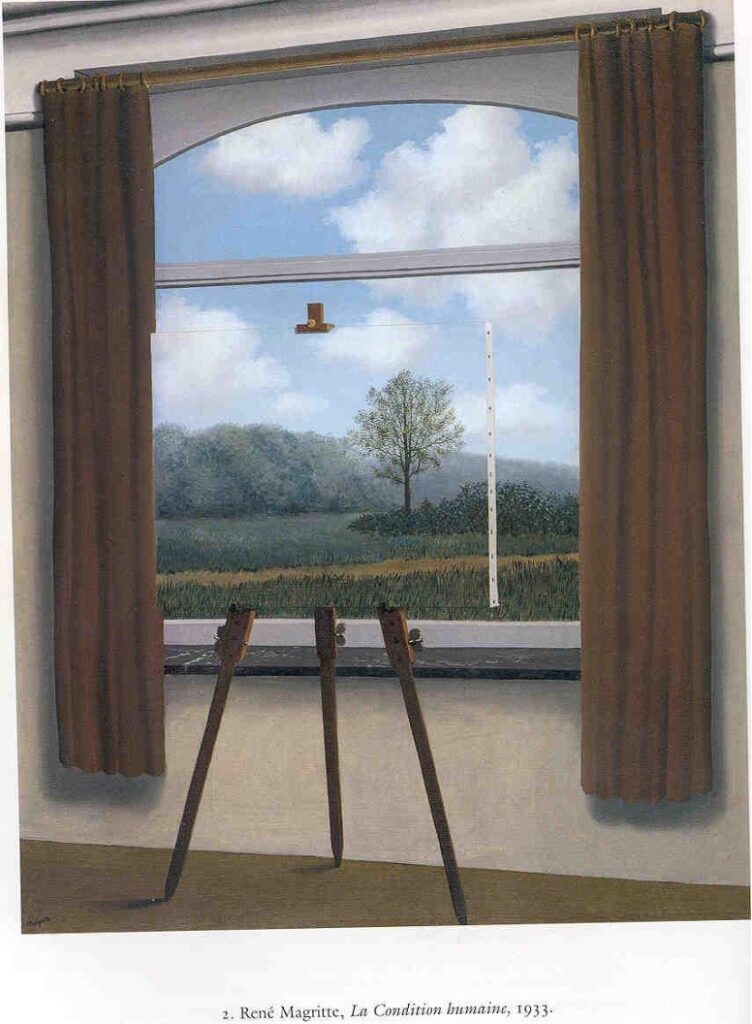
This mapping takes only the angles to the various points from his vantage and marks them in at locations on his sketch pad as illustrated in the top frame of the figure below. These angles are what provides the illusion of perspective in the drawing. Features will be separated by distances on the sketch pad that correspond to the magnitudes of their angular separations as seen from his viewpoint. Since equal separations in space do not correspond to equal separations of angle, drawings end up with irregular shapes on a plane that represent regular ones in three dimensions as illustrated in the bottom frame of the figure.
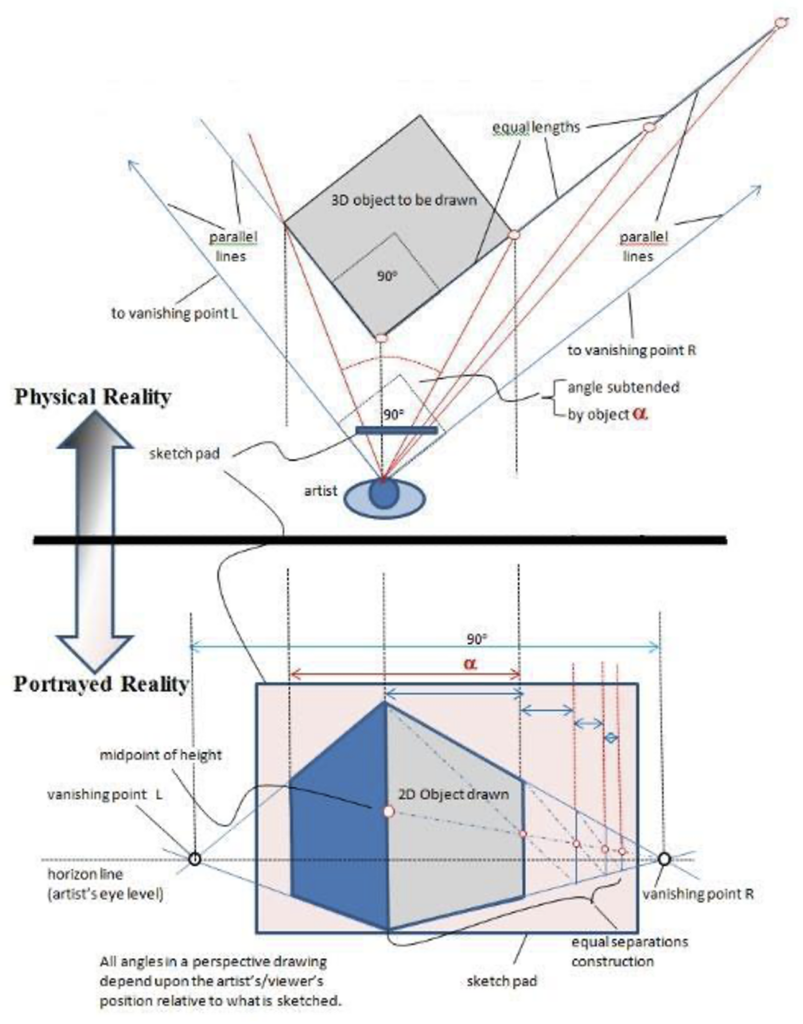
The transformation from the rectangular 3D objects in the first frame of this figure can be seen as trapezoidal planar shapes in the sketch shown in the second. Parallel lines in space will not appear parallel in perspective drawings. They all ultimately converge to vanishing points as shown. Parallel lines in any particular direction will all converge together to their own unique vanishing point. All horizontal lines at whatever height above or below eye level will converge to vanishing points situated on the horizon line that defines eye level. All vertical lines will converge above eye level to the same vanishing point at the zenith. If one is looking downward, then these vertical lines will converge to a vanishing point at the nadir.
Equally spaced red circles in the center to top right in the first frame of the figure become a progression getting closer and closer together in the associated sketch. The appropriate spacing and height of equally spaced objects are determined for a sketch by the construction method shown in the second frame of the figure. A line is drawn from the top of the first in the sequence through the midpoint of the next. Where this straight line intersects the bottom line to the vanishing point determines where the next in the sequence should be placed. This procedure is then continued through all the equally spaced objects.
Color and tone on the sketch attempt to match those of the physical reality by mixing pigments on a pallet, width of lines, or density of lines to suggest the reality. And however ‘real’ it may look, and Magritte cautions, a picture of a pipe is not a pipe.
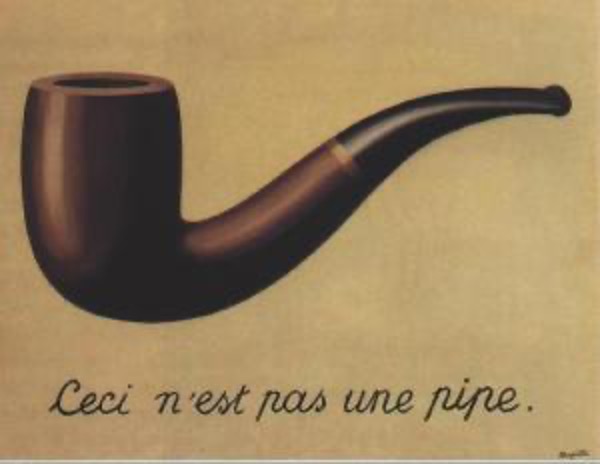
Artwork plays with perception. It shows you the reality accurately enough that you can understand what the object of the art happens to be in reality, but then twists that reality enough to force one to see that reality or the process of perception in a new light… or just to mess with your mind.
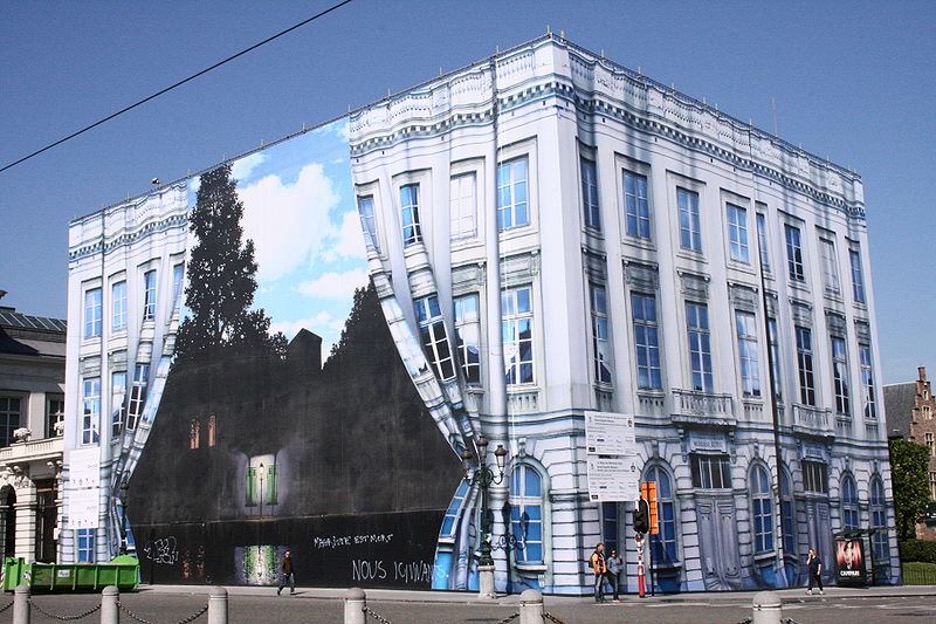
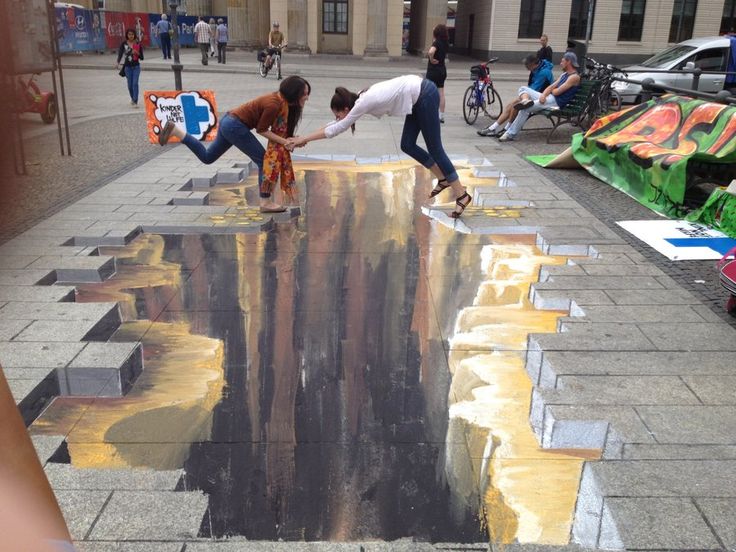
Leave a Reply